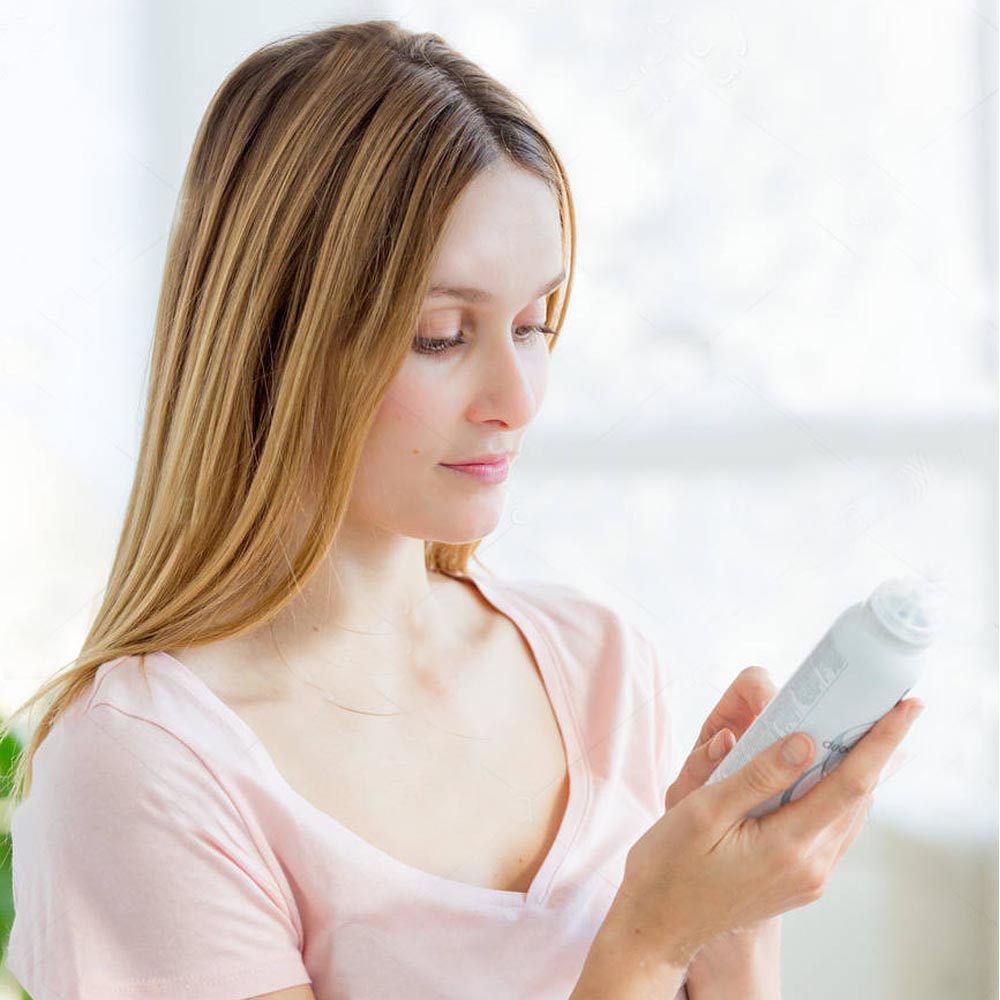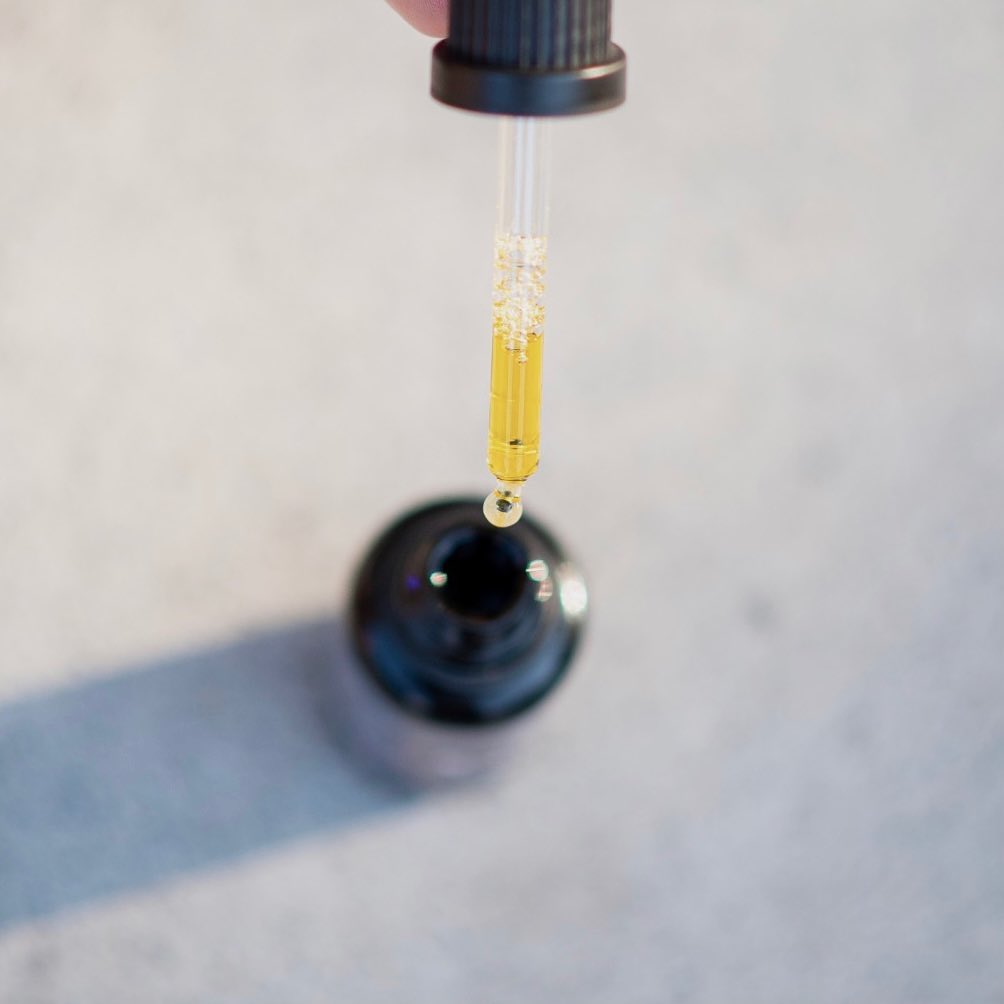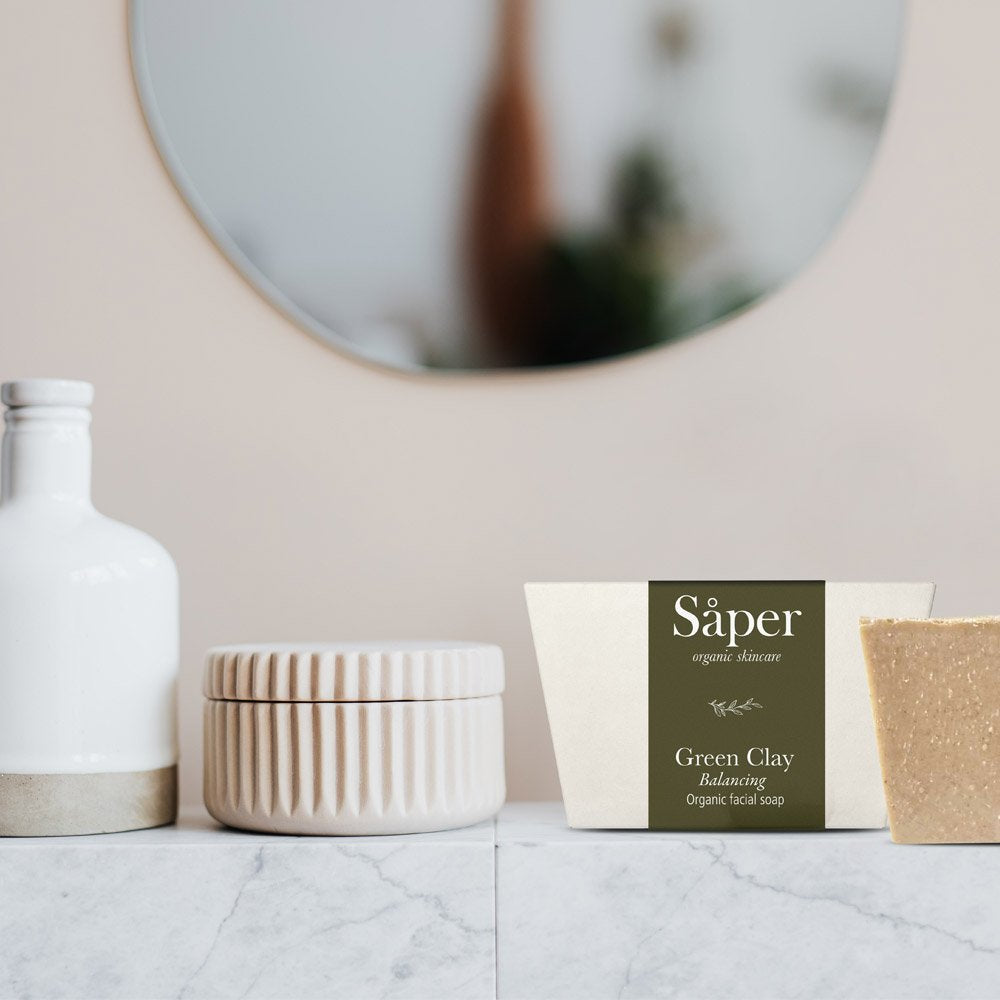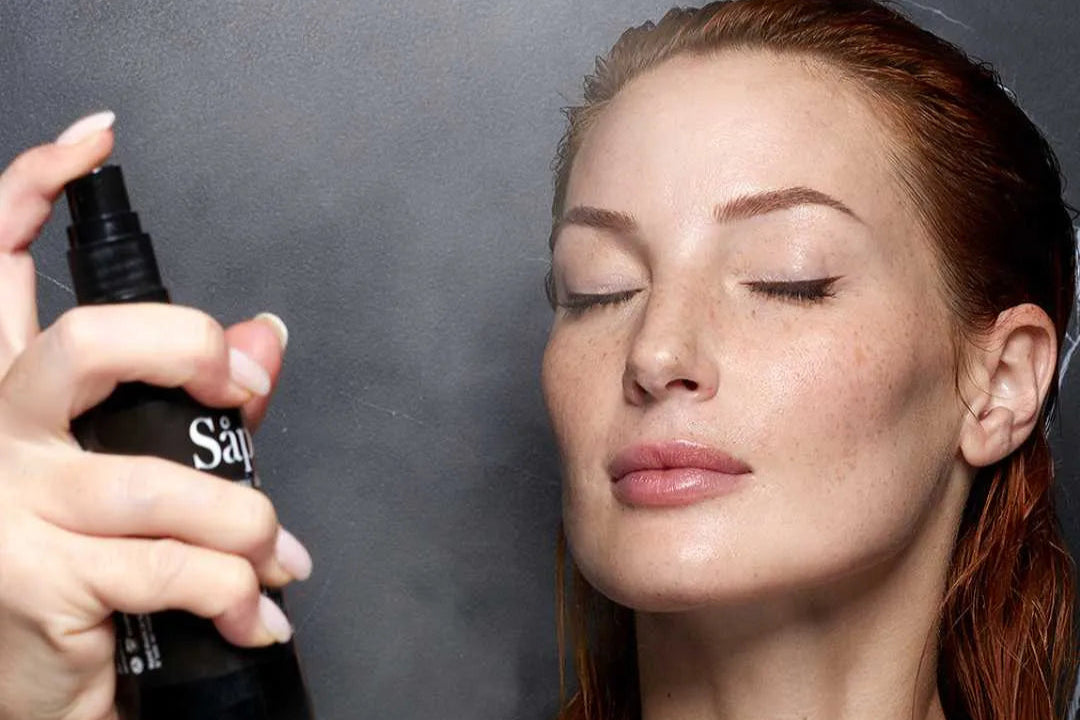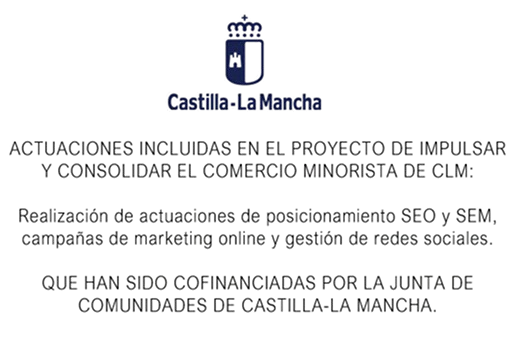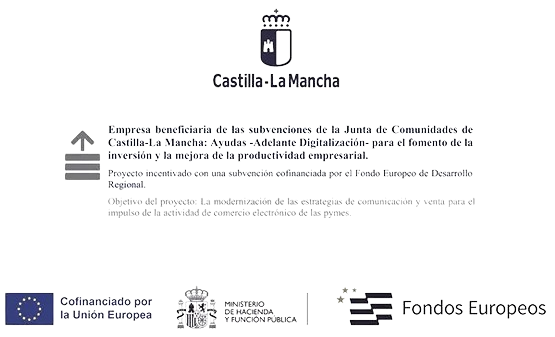Ingredients to avoid in cosmetics
In today's article, we're going to tell you about the ingredients to avoid in your cosmetics, because... Have you counted the cosmetic products you use every day, from the moment you wake up until you leave the house?
I'm sure you've never stopped to think about it, I'm going to help you, you get in the shower and use a gel (1) for your body and a shampoo (2) and a conditioner (3) for your hair, after the shower you use a body cream (4), a facial cream (5), maybe a facial tonic (6), and a serum (7), you also use toothpaste (8), and you put on deodorant (9), and before leaving the house, cologne or perfume (10).
We have counted 10 cosmetic products in a basic daily care routine, notice that we have left out sunscreen (11), foundation (12), blush (13), eye shadow (14), mascara (15), compact powder (16), hand cream (17), lipstick or lip balm (18), etc.
Generally, we use between 5 and 15 cosmetic products every day. If we consider that each product contains an average of 15 ingredients, that's about 150 cosmetic ingredients a day. Yes, every day.
Now you understand why it's so important to be aware of ingredients that can be harmful to your health.

Toxic ingredients in cosmetics
But why are there toxic ingredients in my cosmetics? That's the million-dollar question.
Most of the ingredients used in cosmetic products are petroleum derivatives or produced through synthetic chemistry. In prior studies conducted to assess the safety of ingredients for human use, undesirable effects are often observed at high doses, so studies are conducted at different percentages until a "safe" dose for human use is found. So far, so good.
But what the chemical and cosmetics industry has NOT taken into account are two factors that, for me, are decisive:
- The bioaccumulative effect of many of these chemicals in the body (permanent organic compounds).
- That a person does not use a single cosmetic a day, but rather, as we have just demonstrated, uses an average of 10 cosmetic products daily.
Now we have the perfect storm, let's see it with a practical example : it is safe to use a product with 0.4% parabens, the maximum authorized dose, then we could only use one product a day with parabens, and it turns out that parabens are preservatives that are found in practically all cosmetic products (now less and less), so if we use a gel, a shampoo, a fabric softener, a deodorant, a toothpaste and a face cream, each of which contains 0.4% parabens, then we just have to add them up to see that we are applying 2.4% parabens, that is, 5 times more than allowed.
And we could do the same with the rest of the ingredients in the cosmetic products we use every day.

10 Cosmetic Ingredients to Avoid
Before starting with the ingredients that we should avoid, you have to know that the ingredients appear in the list ( INCI ) from highest to lowest , according to their concentration in the formula , that is, if the first ingredient that appears is Aqua, then we already know that what that product has the most is water.
Let's analyze 10 INGREDIENTS that we should avoid in CREAMS, shower gels and shampoos, and toothpaste.
- Sodium Lauryl Sulfate (SLS) and Sodium Laureth Sulfate (SLES): Ionic surfactants. Skin irritants, destroying the lipid layer, causing dermatitis and sensitization. Shampoos and Body Washes.
- Polyethylene glycol (PEG) and propylene glycol (PPG): Emulsifiers and surfactants. Derived from ethylene chemistry, they may contain residues of 1,4-dioxane, a carcinogen. Causes contact dermatitis and urticaria at low concentrations. Shampoos and body washes.
- Triclosan: Preservative and antibacterial. Induces bacterial resistance and may be an endocrine disruptor. Shampoos and Body Washes.
- Diethanolamine (DEA): surfactant that It can react with other compounds to form carcinogenic nitrosamines. It is also an irritant. Shampoos and Body Washes.
- Parabens (Methylparaben, Ethylparaben, Propylparaben, Butylparaben): a group of preservatives that are endocrine disruptors. Creams and serums. Shampoos and body washes.
- Dimethicone and Cyclomethicone: synthetic silicones that exert an occlusive effect on the skin. False hydration effect on the skin. Creams and serums.
- Paraffin: Mineral oil derived from the petrochemical industry. Occlusive and comedogenic effect. Associated with allergies and carcinogenic potential in aerosol products. Accumulates in lymph nodes and the liver. In the INCI, we can find it as: Mineral Oil, Paraffinum liquidum, Light mineral oil, Liquid paraffin, Liquid petrolatum, Paraffin liquid, Paraffinum subliquidum, Liquid Vaseline. Creams, Serums, Baby oils, Lip balms, etc.
- BHA (butylhydroxyanisole) and BHT (butylhydroxytoluene): possible carcinogens. Creams and Makeup
- Triclosan: Preservative and antibacterial. Induces bacterial resistance and may be an endocrine disruptor. Deodorants, Toothpaste.
- Phthalates: They're hidden inside synthetic perfumes. They're very dangerous because they penetrate the body, causing everything from respiratory problems and allergies to prostate and breast cancer.

In addition to the 10 ingredients we just reviewed, we must highlight two groups of products: deodorants and sunscreens.
Toxic Ingredients in Deodorants
- Aluminum (Aluminum): neurotoxic. May appear as: Aluminum Chloride, Aluminum Chlorhydrate, Aluminum Fluoride… As chlorohydrate, it is linked to cancer and Alzheimer's. As aluminum starch octenylsuccinate, it may be contaminated with lead. It is found in deodorants.

Toxic Ingredients in Sunscreens: Chemical Filters
- Oxybenzone: Chemical sunscreen. Associated with allergic reactions, dermatitis, and, paradoxically, phototoxicity. Hormone disruptor.
- Ethylhexyl triazone: Chemical sunscreen banned by the FDA.
- Ethylhexyl methoxycinnamate . Acts as an ultraviolet (UV) filter.
- Benzophenone-1 and Benzophenone-2. Other UV filters. They are also classified as a source of concern.

There are many more ingredients we should avoid in our cosmetics, so we're leaving you a direct link to the list published by the BioVidaSana Association, through its EcoEstética Network project, so you can find out more:
Download here the list of ingredients to avoid in your cosmetics in pdf
Do you want cosmetics free of all these toxic ingredients? Then we recommend buying organic cosmetics .


